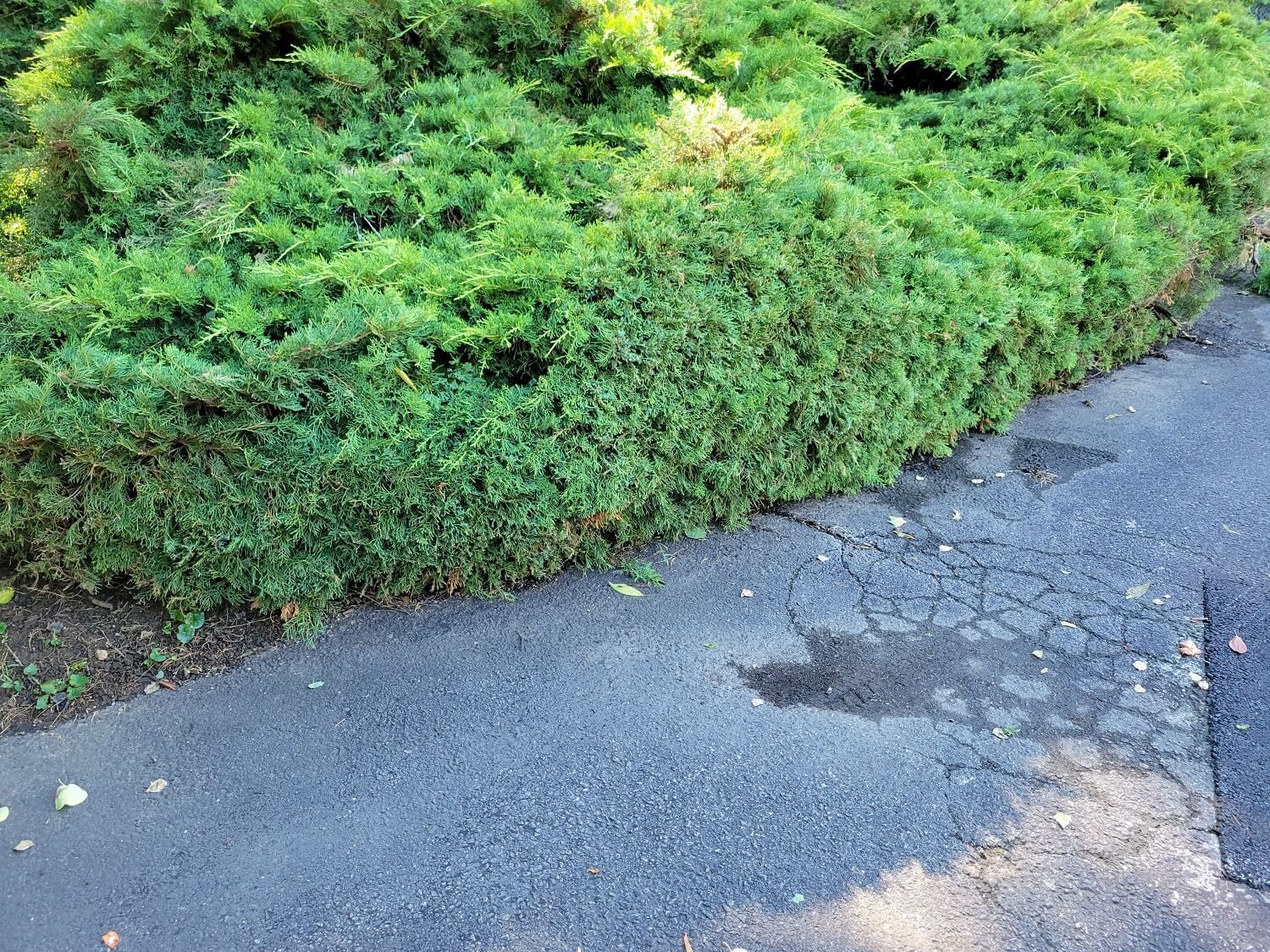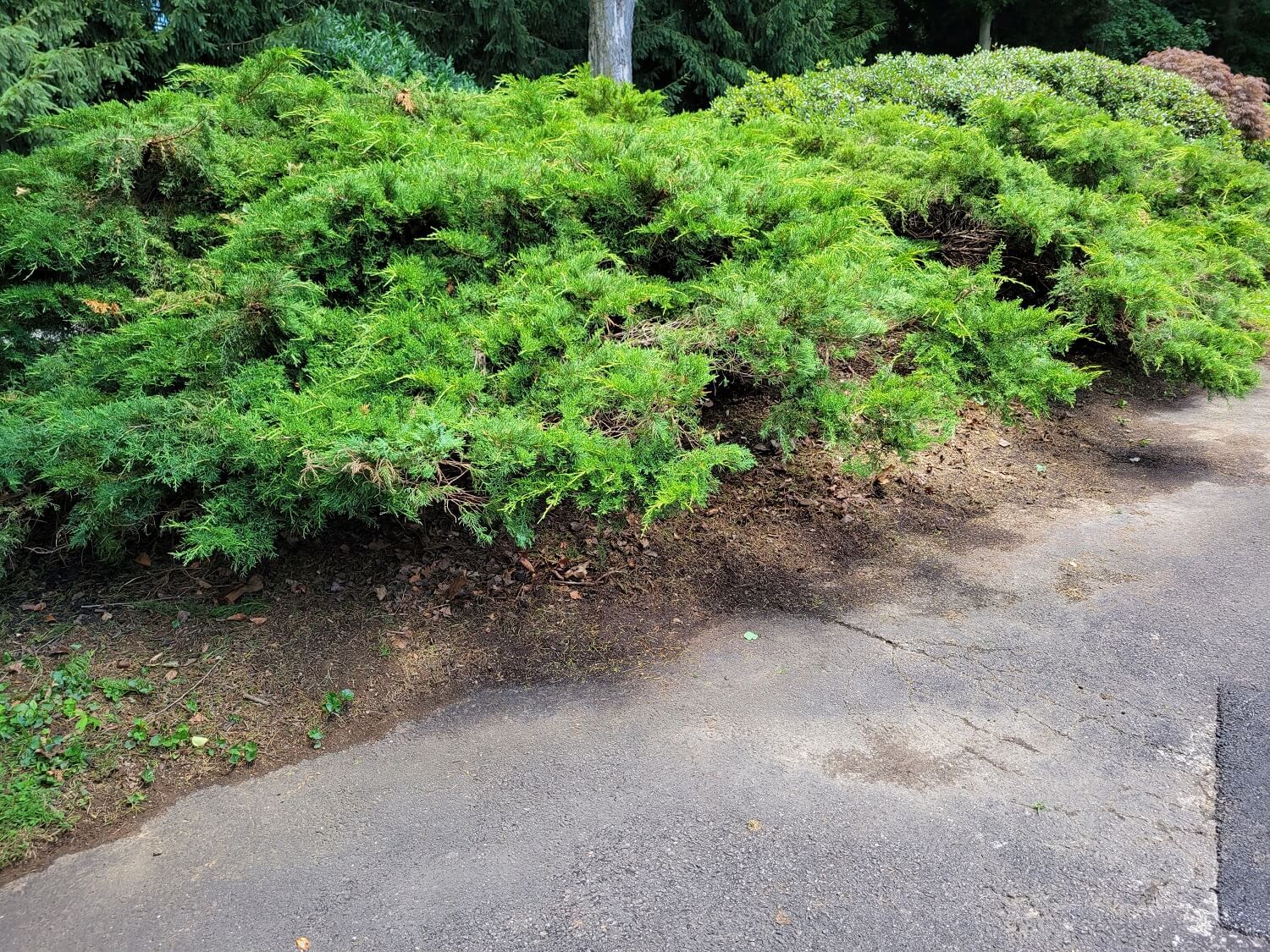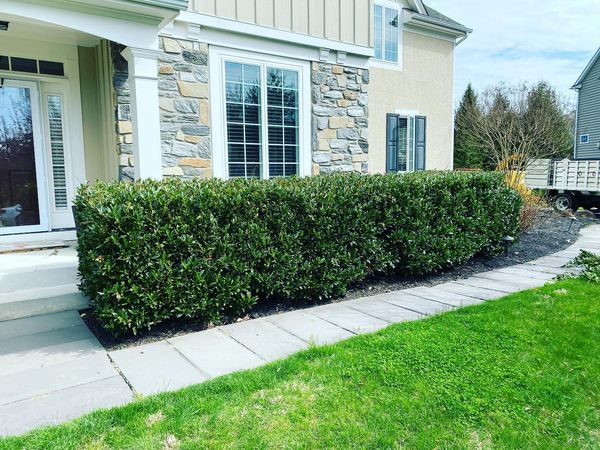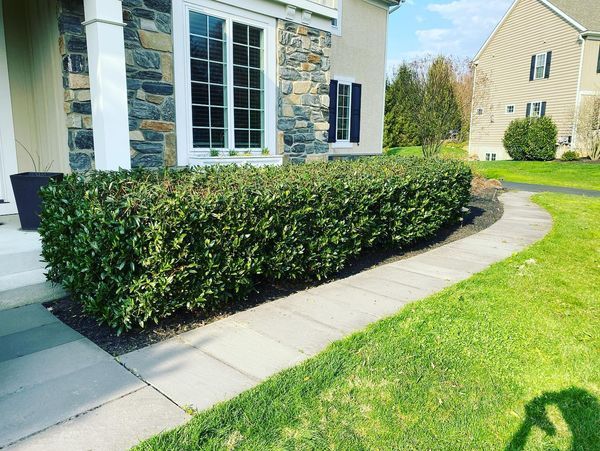The Importance of Corrective Pruning and Structural Pruning
As plant health care experts and certified arborists, we provide homeowners with knowledgeable expert care services for their plants and trees. One aspect of our work requires a clear understanding of pruning practices: corrective pruning and structural pruning. Pruning is a crucial aspect of plant health care because it helps to control plants’ growth and maintain their structure, health, and appearance.
Corrective Pruning
Corrective pruning is the removal of broken, diseased, dead, or other unsafe branches from a plant. Some of the benefits of corrective pruning are:
- Increased airflow and light penetration: Pruning selected branches can help allow more sunlight to reach a shrub or tree and ensure better airflow, leading to the improvement of the overall health of the plants.
- Return tree to natural form: Corrective pruning helps restore the plant to a natural shape.
- Permits groundcover: The pruning process opens up the landscape, allowing groundcover plants to flourish.
For example, we performed corrective pruning on this juniper shrub. You see the from the shrub’s appearance before and after the shrub was taken back to more of a natural, less dense form, which will allow better airflow and less competition for nutrients.


Structural Pruning
On the other hand, structural pruning involves trimming young and developing shrubs or trees to promote a strong and healthy structure. Structural pruning’s benefits include:
- Reduced potential for storm damage: A well-structured tree or shrub is less likely to suffer severe damage in a storm. For example, broken or weak branches are more likely to fall off during strong winds and could damage property or residents.
- Reduced disease issues: Proper structural pruning can remove diseased parts of trees, thereby reducing the spread of disease or pests.
- Reduced future maintenance costs: Regular structural pruning can save homeowners from high-cost emergency tree work by making their trees safer early on.
An example of structural pruning is our recent work on cherry laurel shrubs. Our team reduced these cherry laurels to gain visibility to this client’s window boxes. Hand pruning is the best way to reduce cherry laurels so we can make all internodal cuts (cuts made between buds or lateral branches.) The shearing of cherry laurels will often cause the browning of severed leaves.


Best Times for Corrective & Structural Pruning
The best time to perform corrective pruning and structural pruning is during the dormant season, typically in late winter or early spring for most plants. Shrubs and trees are not actively growing during this time, therefore plants do not expend energy on growth, so any wounds from pruning will heal more quickly and easily.
Here are some specific reasons why the dormant season is the best time to prune:
- Less Chance of Disease: In warm summer months when pests are more active, tree wounds are more prone to disease or infestation. During the cooler dormant season, trees and shrubs have less risk of infection.
- The tree is less stressed: A tree is more stressed when actively growing. Pruning during this time can add to the stress, making the tree more susceptible to disease and pests. During the dormant season, the tree has more energy to devote to healing the pruning cuts.
- Seeing the branch structure is easier: When trees and shrubs fully bloom in spring or summer, identifying which branches we need to prune can be more challenging. When a tree is dormant, and the leaves have fallen off during winter, we can see the branch structure more clearly and easily identify which branches we need to prune or trim.
Contact Burkholder PHC for Corrective & Structural Pruning Services
If you need help with corrective pruning and structural pruning, contact us at Burkholder PHC. Our team of experienced, qualified arborists will visit your property, evaluate your landscape and plant health, diagnose the problems, and inform you of the recommended treatment options. We provide a proactive approach, identifying and resolving plant health problems before those issues impact your landscape. Contact us today for a free consultation.

